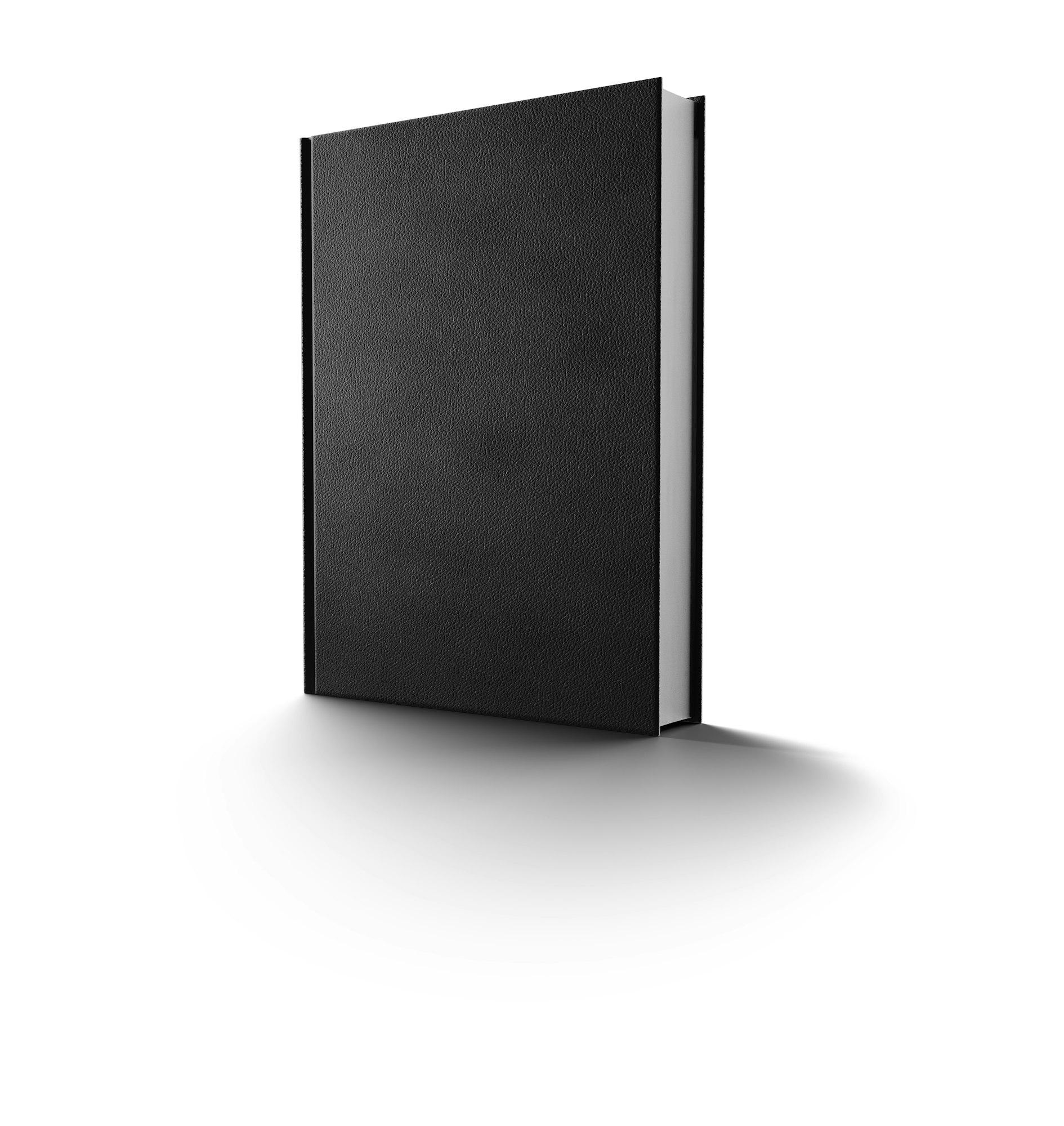“The Health Delusion” explores the widespread misconceptions surrounding health, diet, and disease, highlighting the reasons why so many people fail to achieve true well-being. The book delves into the prevailing misunderstandings of health, explaining how modern society has been conditioned to accept unnatural eating habits, medical treatments, and lifestyles that are far removed from what our bodies actually need. These “delusions” are fueled by misinformation and a lack of understanding about the body’s natural processes. In an age where quick fixes and pharmaceutical solutions are sought for every ailment, the fundamental truth about what constitutes genuine health remains elusive to most. People continue to chase fleeting symptoms of wellness without ever addressing the root cause of disease: the disconnection from nature’s rhythms and the body’s inherent healing abilities.
The author critiques the current approach of modern medical science, which often prioritizes synthetic treatments and invasive procedures over natural healing methods, further distancing us from the principles that support true vitality. Contrary to the mainstream medical model, which views health through a fragmented lens—treating individual symptoms without considering the whole body—“The Health Delusion“ offers an alternative philosophy: Neo Natural Hygiene. This approach builds upon the foundations of Natural
Hygiene, advocating for a holistic understanding of health that embraces the body’s natural capacity to heal itself when given the proper environment. By reconnecting with nature and respecting the body’s inherent wisdom, Neo Natural Hygiene offers a pathway to lasting health and vitality, free from the delusions that have distorted our understanding of wellness.



